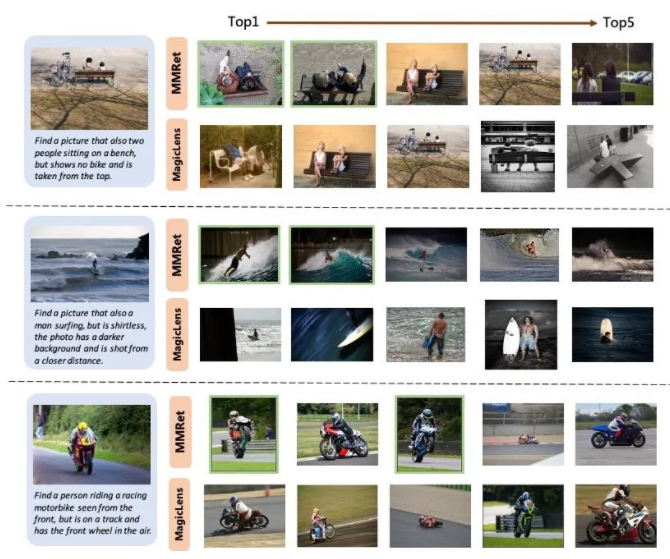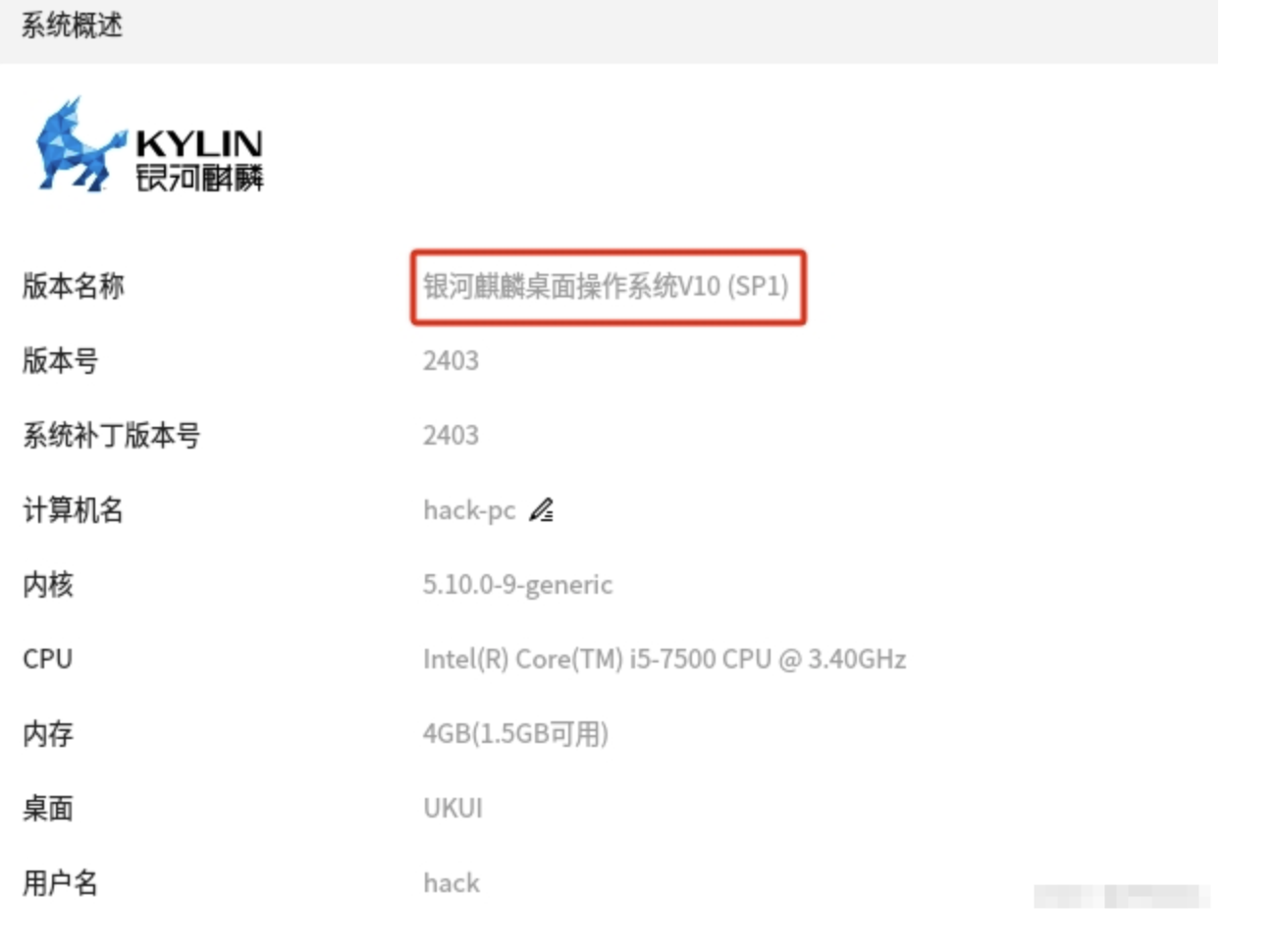Recently, the two giants in the education and training industry, TAL and New Oriental, have successively released their interim financial reports for fiscal year 2025, demonstrating their respective market performance and development strategies. These two financial reports are not only a reflection of the company's own operating conditions, but also an important indicator of the future direction of the industry.
TAL's net revenue in the third quarter of fiscal year 2025 reached US$606.4 million, an increase of 62.4% from US$373.5 million in the same period last year. The company's gross profit increased by 59.6% year-on-year to US$319.8 million, and it successfully turned losses into profits, achieving a net profit attributable to the company of US$23.069 million. Its financial position is also very stable, with total cash and short-term investments reaching US$3.8358 billion.

In comparison, New Oriental's net revenue in the second quarter of fiscal year 2025 was US$1.039 billion, a year-on-year increase of 19.4%. Among them, the net revenue of the core education business was US$894 million, a year-on-year increase of 31.3%. New Oriental's traditional core business continues to grow in the field of overseas examination preparation and consulting, and it has shown strong development momentum in emerging businesses, especially the cultural and tourism business.
By comparing the performance of the two companies, it is not difficult to find that TAL is far ahead in terms of revenue growth, but New Oriental still has an advantage in single-quarter revenue scale. New Oriental's diversification strategy is particularly obvious. It not only continues to expand in the education field, but also actively deploys cultural tourism and e-commerce businesses, forming a good revenue structure.
In terms of future prospects, TAL will continue to focus on educational technology and launch AI-based learning devices and applications in an effort to enhance personalized learning experience. New Oriental plans to further expand its market share in non-subject tutoring, intelligent learning systems and other new businesses, striving to find a balance between revenue and profitability.
As the education industry gradually emerges from the shadow of the "double reduction" policy, market demand is picking up. The overall education market is expected to exceed 500 billion yuan in 2024, and the market size of the education and training industry will reach 200 billion yuan. Digital transformation and online education models brought about by technological advancement also bring new opportunities for future education and training.







